
AAOpt 2022: Mental illness as an optometric concern
Optometrists may be the first, or only, touchpoint that patients have with the healthcare system.
This article was reviewed by Matthew Pearce, OD, DrPH, MPH.
Optometrists will see patients with mental illnesses, both diagnosed and undiagnosed, every day, said Matthew Pearce, OD, DrPH, MPH, at the American Academy of Optometry annual meeting in San Diego, California.
“There is a significant under-treatment of mental illness in the US,” added Matthew Pearce, OD, DrPH, MPH, an optometrist at Northwest Permanente PC in Portland, Oregon. “Optometry is often the first, or only, touch that patients have with the health care system. Optometrists, therefore, can better integrate into the health care system, by recognizing mental illnesses and making appropriate referrals.”
Pearce highlighted common mental illnesses and their epidemiology, along with select psychiatric medications and their potential ocular side effects. He also introduced depression as an optometric concern and provided tools to screen and care for the patient with depression.
Common mental illnesses and their epidemiology
According to the national Institute of Mental Health, anxiety disorders, which involve more than temporary worry or fear, can interfere with a patient’s daily activities.
Around 19% of adults in the US have anxiety. It is more prevalent in women than men and has both genetic and environmental causes.
Attention-deficit/hyperactivity disorder (ADHD) is described by the National Alliance of Mental Illness as an ongoing pattern of inattention and/or hyperactivity. The prevalence of ADHD is 4.4% in US adults and 11% in children and is more common among males at all ages. As with anxiety disorders, the causes are genetic and environmental.
Bipolar disorder, which involves “dramatic shifts” in mood, energy, and the ability to think clearly, occurs in 2.8% of the population, with an equal prevalence in men and women. The causes include genetics, stress, and brain structure and function.
Disruptive behavioral disorders include an ongoing pattern of uncooperative and defiant behavior. The prevalence is 4.6% in children aged 3 to 17 and occurs twice as often in boys.
Personality disorder comprises a continuing pattern of inner experience and behavior that deviates markedly from cultural expectations. The prevalence is 9.1% and contributors include family history along with brain, environmental, social and cultural factors.
Individuals with schizophrenia spectrum and other psychotic disorders lose contact with reality and experience an array of extreme symptoms, including hallucinations, delusions, disorganized thinking and speech, and/or disorganized or abnormal behavior, including catatonia. The prevalence of these disorders is between 0.25% and 0.65%.
Depression, defined as a constant feeling of sadness and loss of interest that prevents an individual from undertaking normal activities, occurs in 8% of the adult population and 13% of adolescents, and is more common in females. Contributors to depression include trauma, genetics, life circumstances, drug and alcohol misuse, and other medical conditions. Depression is diagnosed when a depressive episode lasts more than 2 weeks.
A patient with depression may have a change in appetite or weight; experience sleep disturbances; or feel agitated, guilty, or fatigued, with a low self-worth. Difficulty concentrating or making decisions and suicidal thoughts or intentions are also symptoms of depression.
“Given the high prevalence of depression, its association with vision, and ease of screening, recognition and referral of patients experiencing depression is a necessity for optometrists,” Pearce said. “Having a plan in place for a patient expressing suicidal intention is recommended.”
Potential ocular side effects from psychiatric medications
Many of these illnesses are treated with psychiatric medications, but side effects may include ocular problems. Typical antipsychotics, tricyclic antidepressants, lithium, benzodiazepines, carbamazepine, topiramate and selective serotonin reuptake inhibitors (SSRIs) appear to produce most of the currently recognized ocular problems.
Eyelid and keratoconjunctival disorders can occur with phenothiazines (chlorpromazine) and lithium.
Uveal tract disorders may be a side effect of tricyclic antidepressants (clomipramine, amitriptyline, nortriptyline), typical antipsychotics (chlorpromazine, thioridazine) and SSRIs (fluoxetine, citalopram, sertraline, escitalopram) and topiramate, which can be used as a mood stabilizer.
Accommodation interference has been reported as a side effect of tricyclic antidepressants. Angle closure glaucoma has also been reported with tricyclic antidepressants along with low-potency antipsychotics (trifluoperazine, perphenazine, fluphenazine), SSRIs and topiramate. Meanwhile, lenticular changes and retinopathy may occur with typical antipsychotics.
“Schizophrenia has many associated ocular conditions including visual deterioration and visual perception changes early in the disease process,” Pearce explained. “Interestingly, depression is a cause, and effect of dry eye disease. That is, dry eye can lead to depressive symptoms and depression can contribute to dry eye symptoms. Screening for depression in dry eye patients is recommended. Further, consider working up patients who have the diagnosis of depression for dry eye.”
Depression as an optometric concern
Depression is commonly seen in optometry practices. Patients with impaired vision are more likely to have depression or anxiety, while those with these conditions are more likely to develop vision impairment. It is important to note that depression may limit adherence to a treatment plan.
The optometrist’s role is to identify patients who may benefit from intervention, via the intake form and screening tests, such as the Patient Health Questionnaire-2 (PHQ-2) or PHQ-9. The optometrist can also encourage the patient to seek social support, and can potentially teach breathing and mindfulness exercises, and refer the patient when appropriate.
Optometrists can also undertake motivational interviewing, expressing empathy through reflective listening and developing discrepancy between a patient’s goals or values and their current behavior. Arguments and direct confrontation should be avoided, while supporting self-efficacy and optimism is key. Pearce also recommends that clinicians follow RULE.
- Resist the righting reflex, such as offering suggestions or telling the patient what to do
- Understand a patient’s motivation
- Listen with empathy
- Empower, by discussing past success and eliciting strengths
When undertaking these interviews, questions should be open ended, with reflection and summarizing used. The patient’s commitment to change should be encouraged by discussing the intention, advantages and optimism for change versus the disadvantages of status quo.
Newsletter
Want more insights like this? Subscribe to Optometry Times and get clinical pearls and practice tips delivered straight to your inbox.


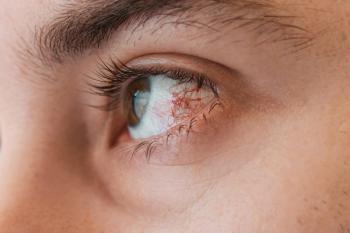
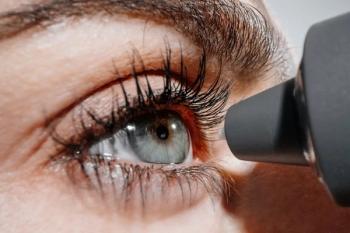



























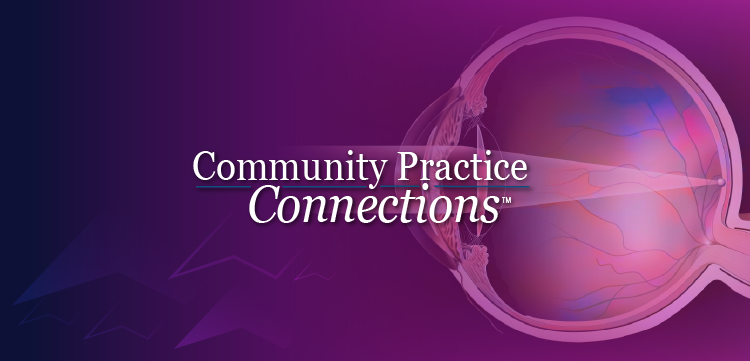

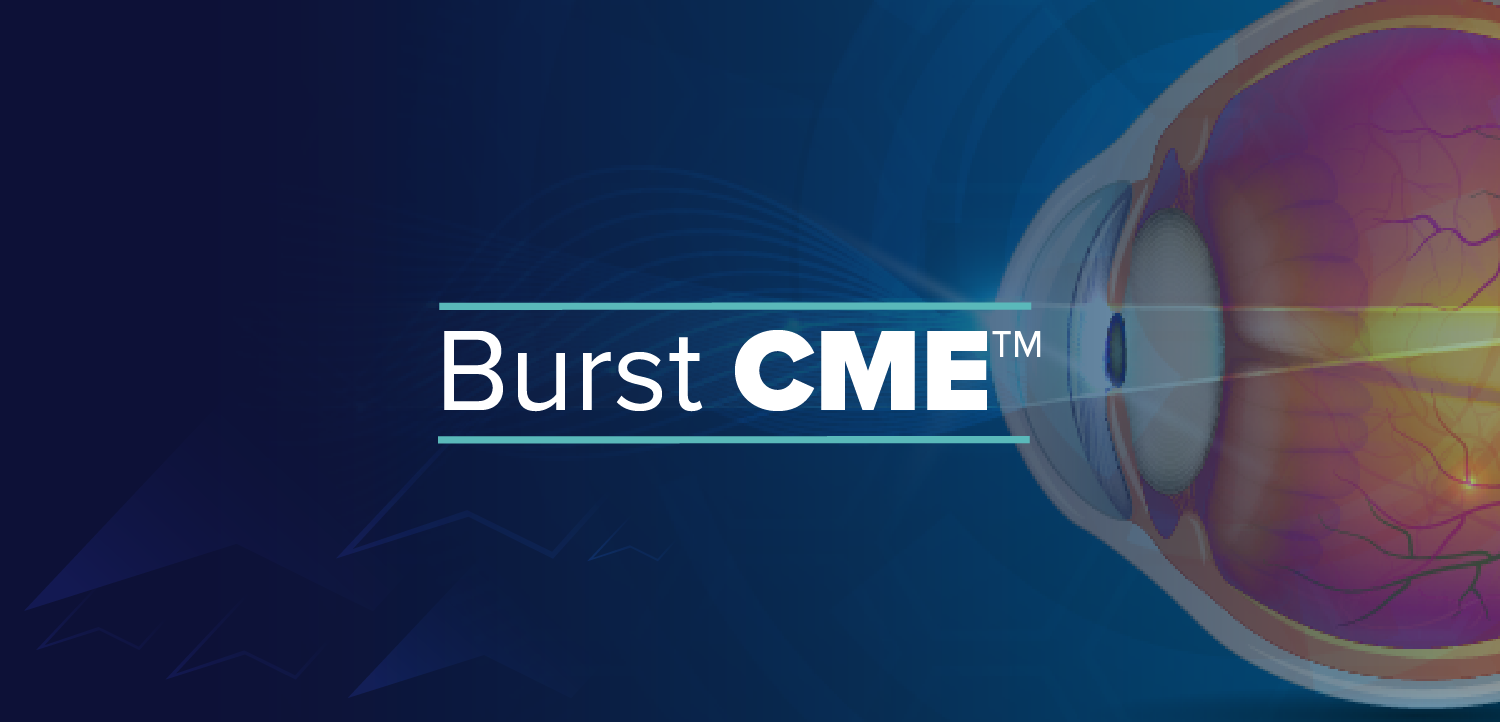


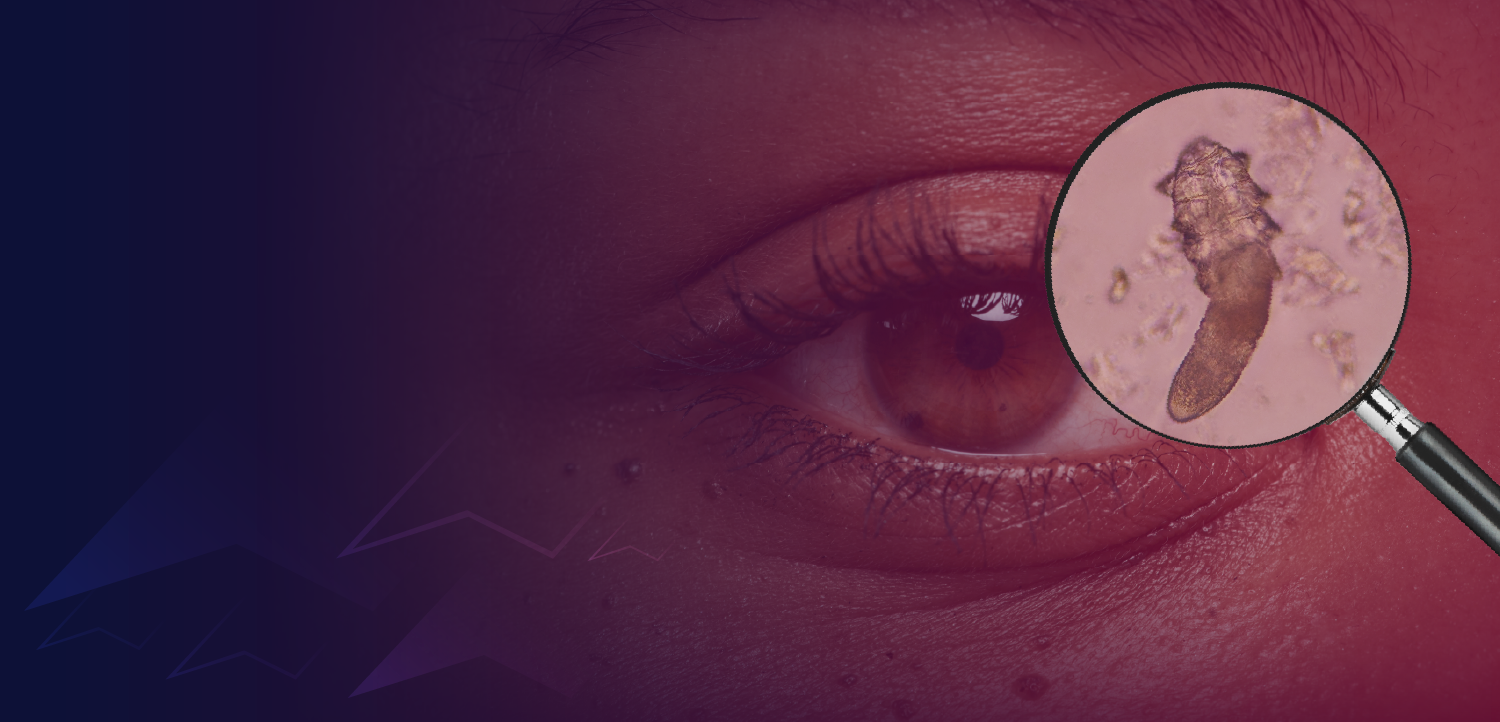














.png)


